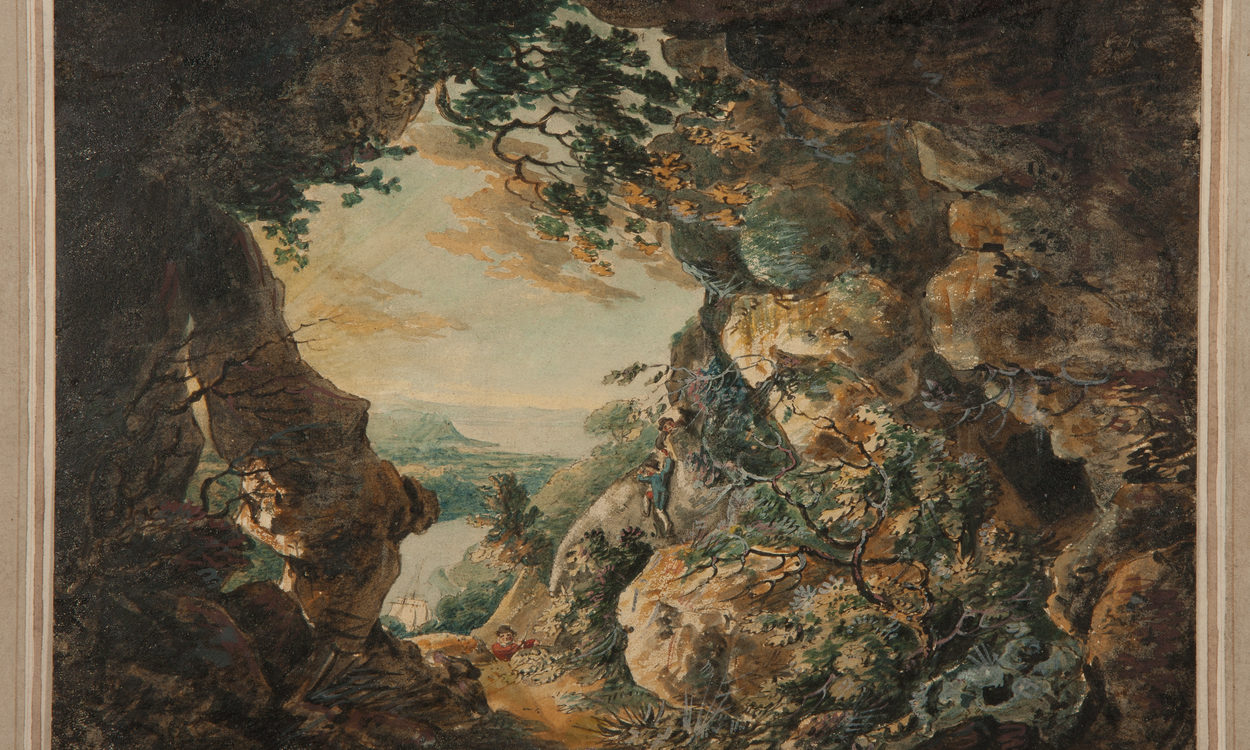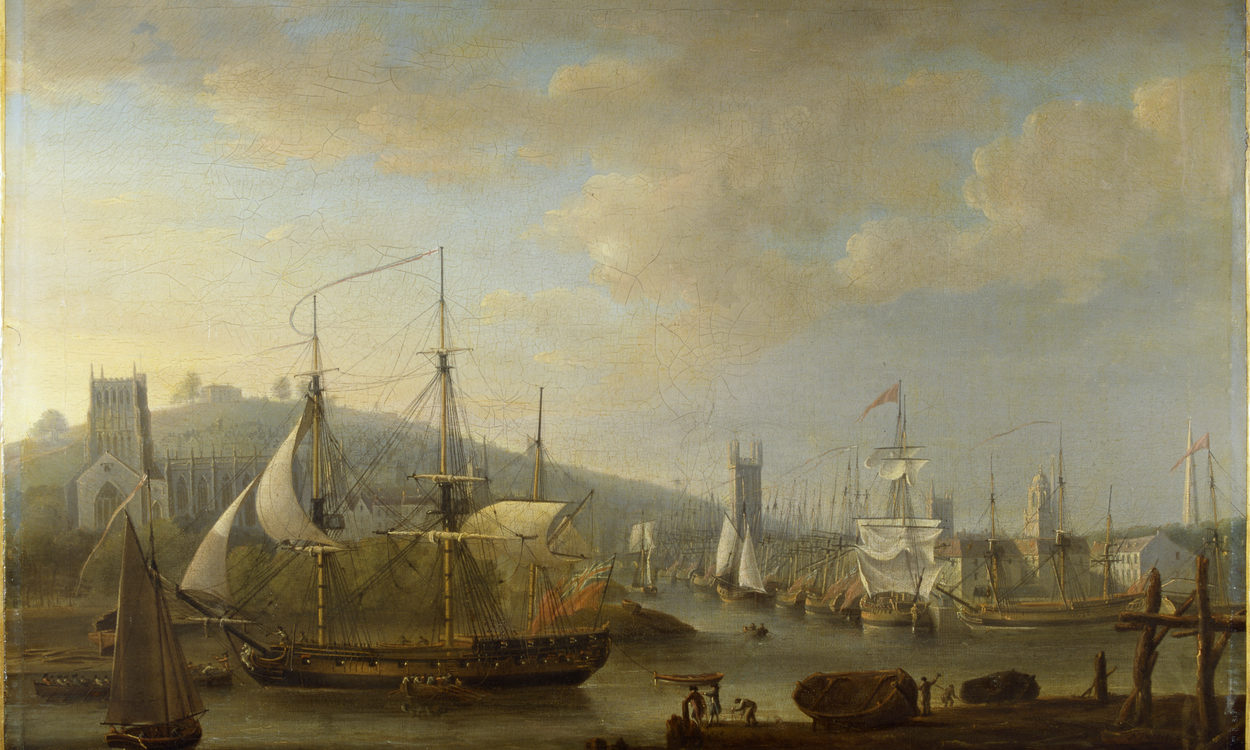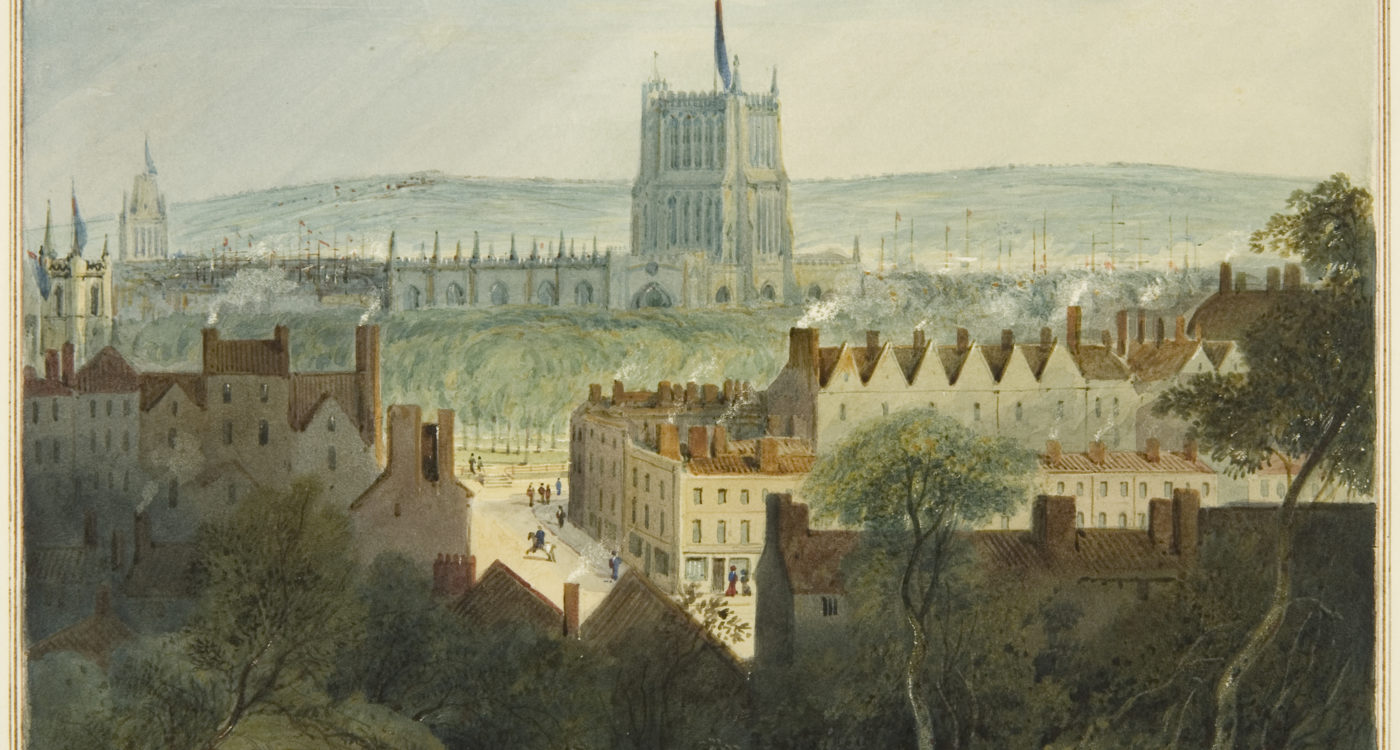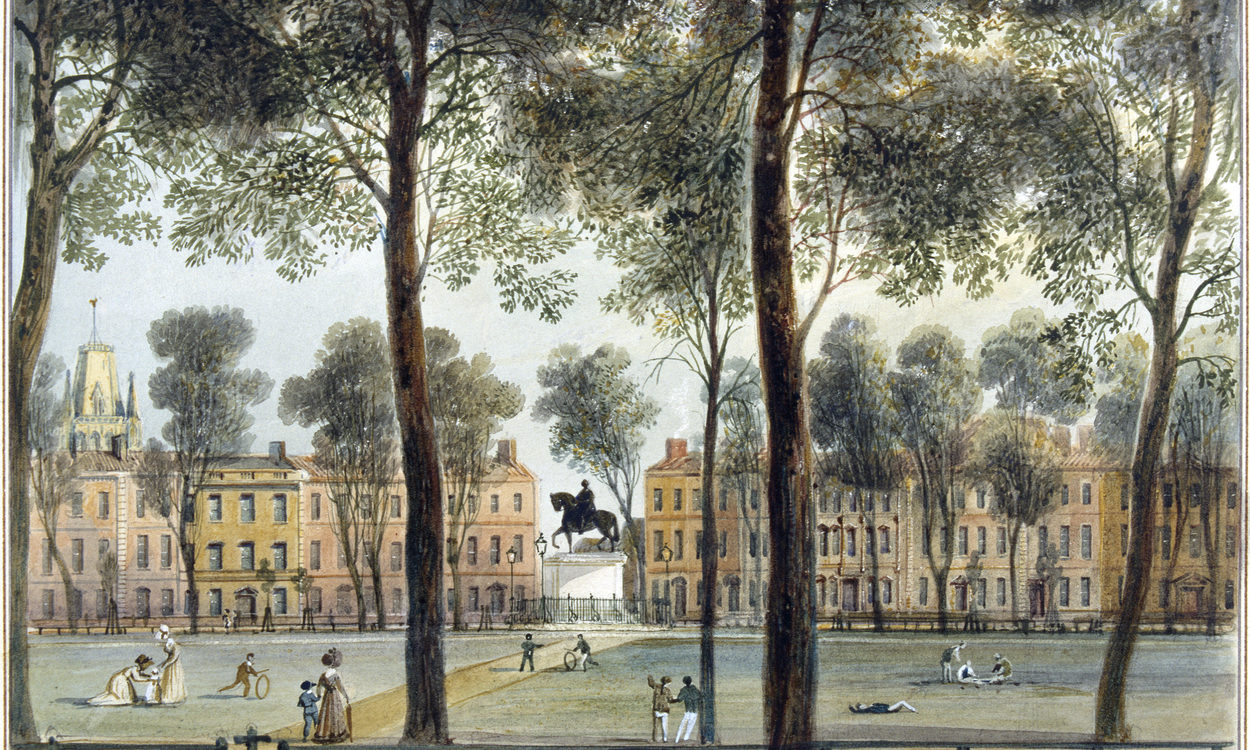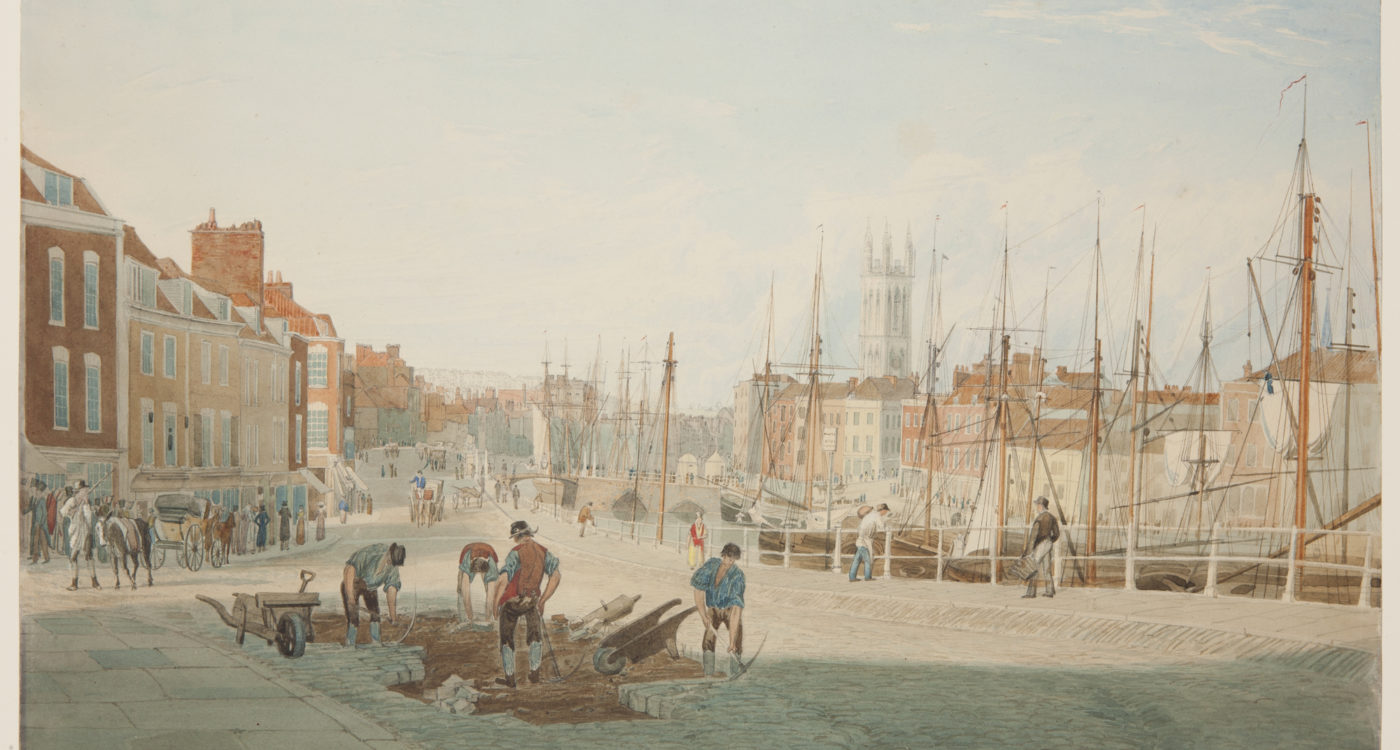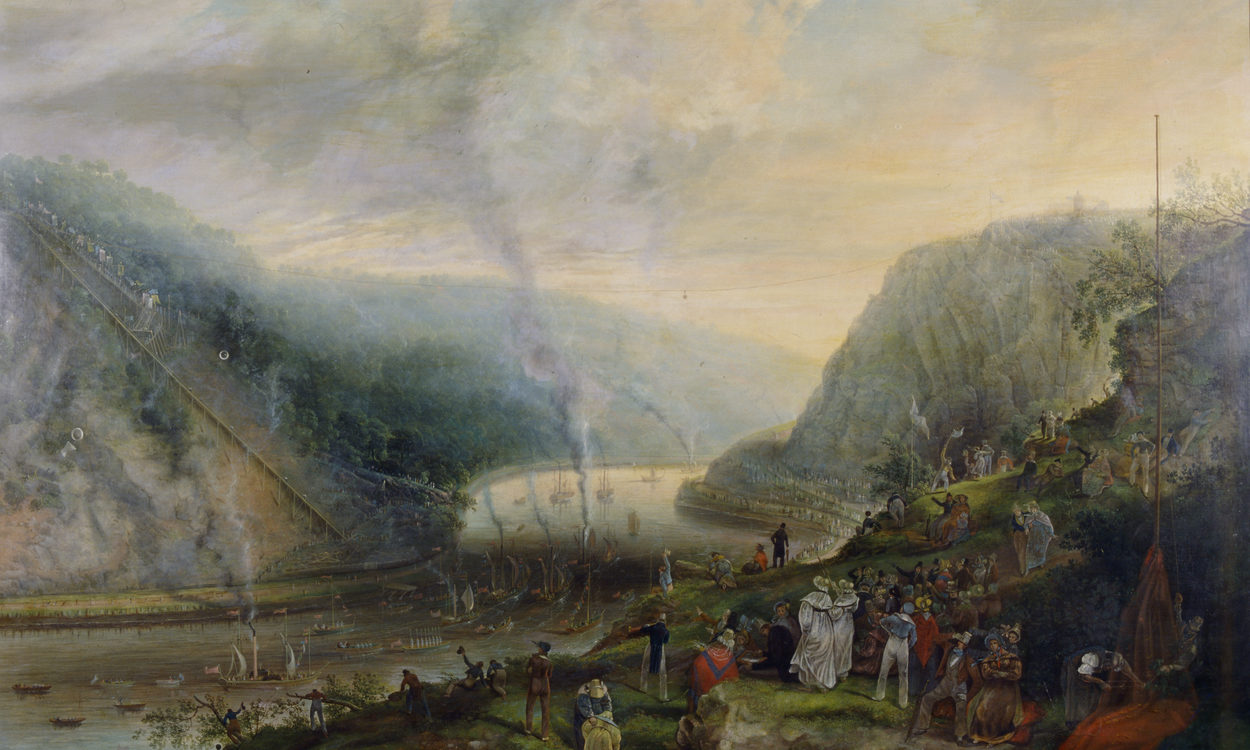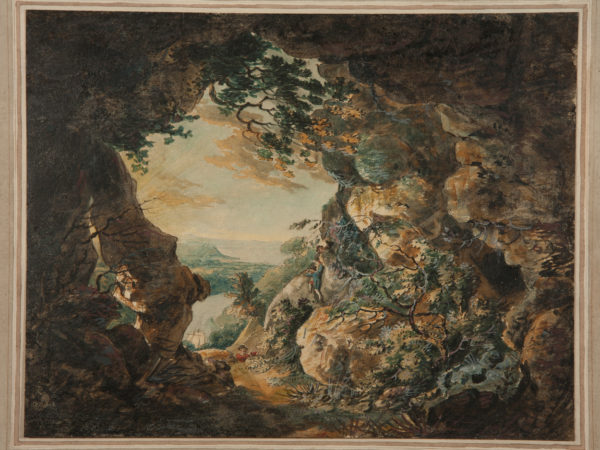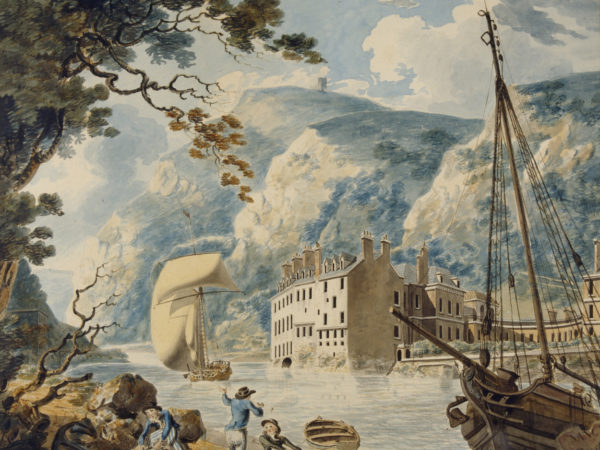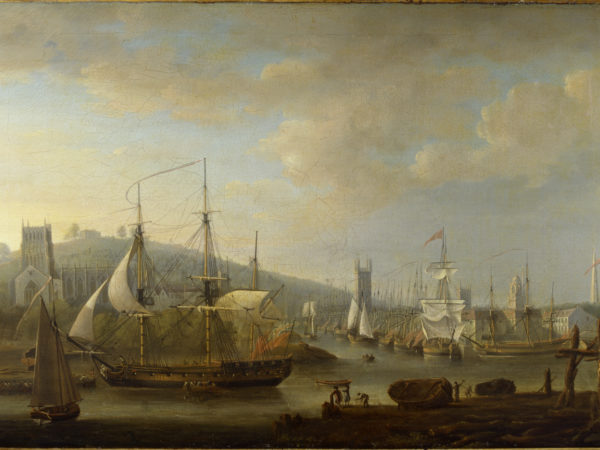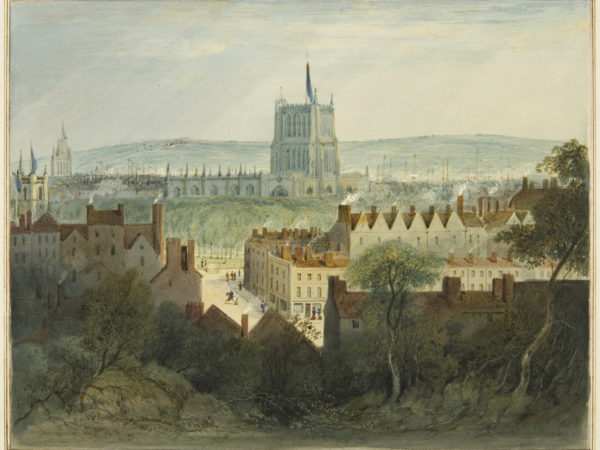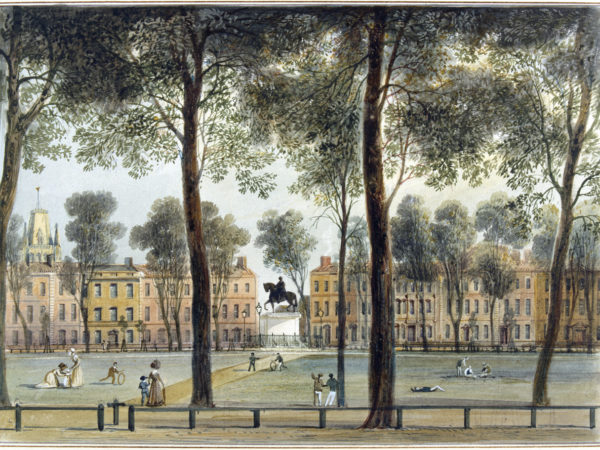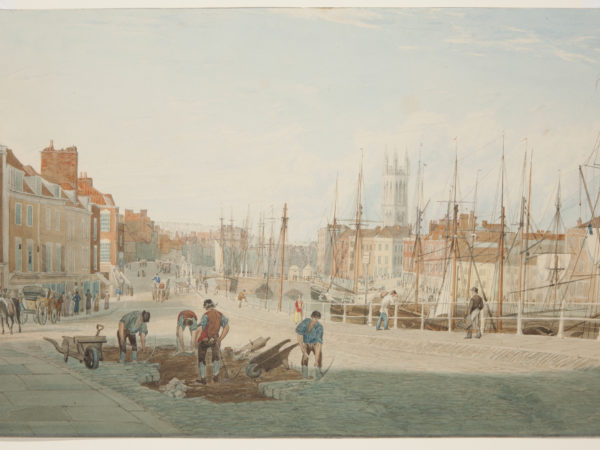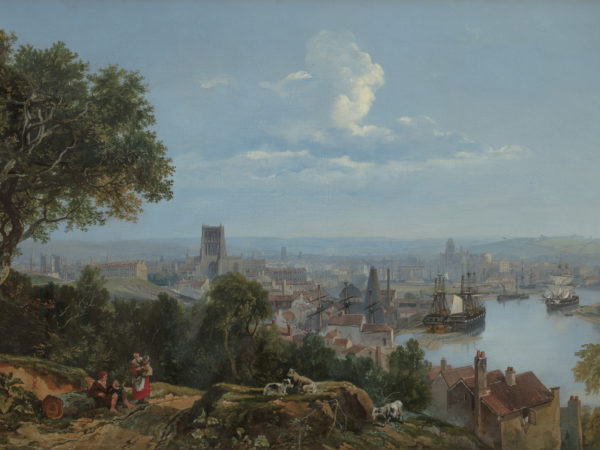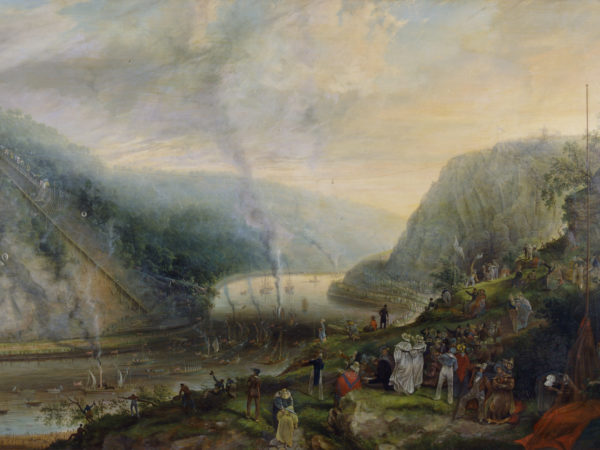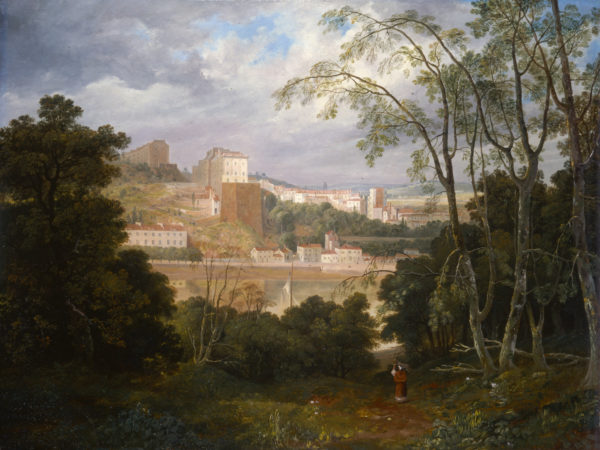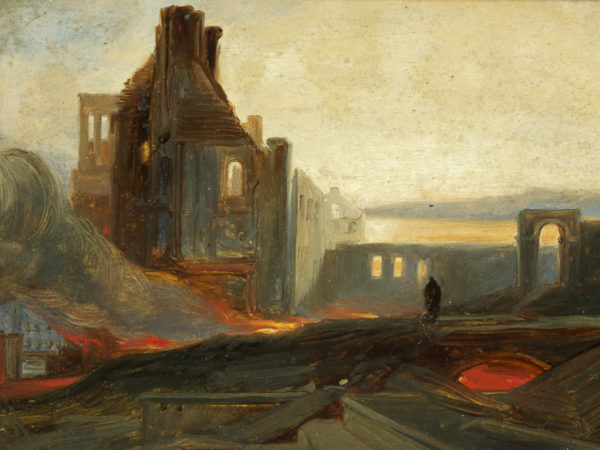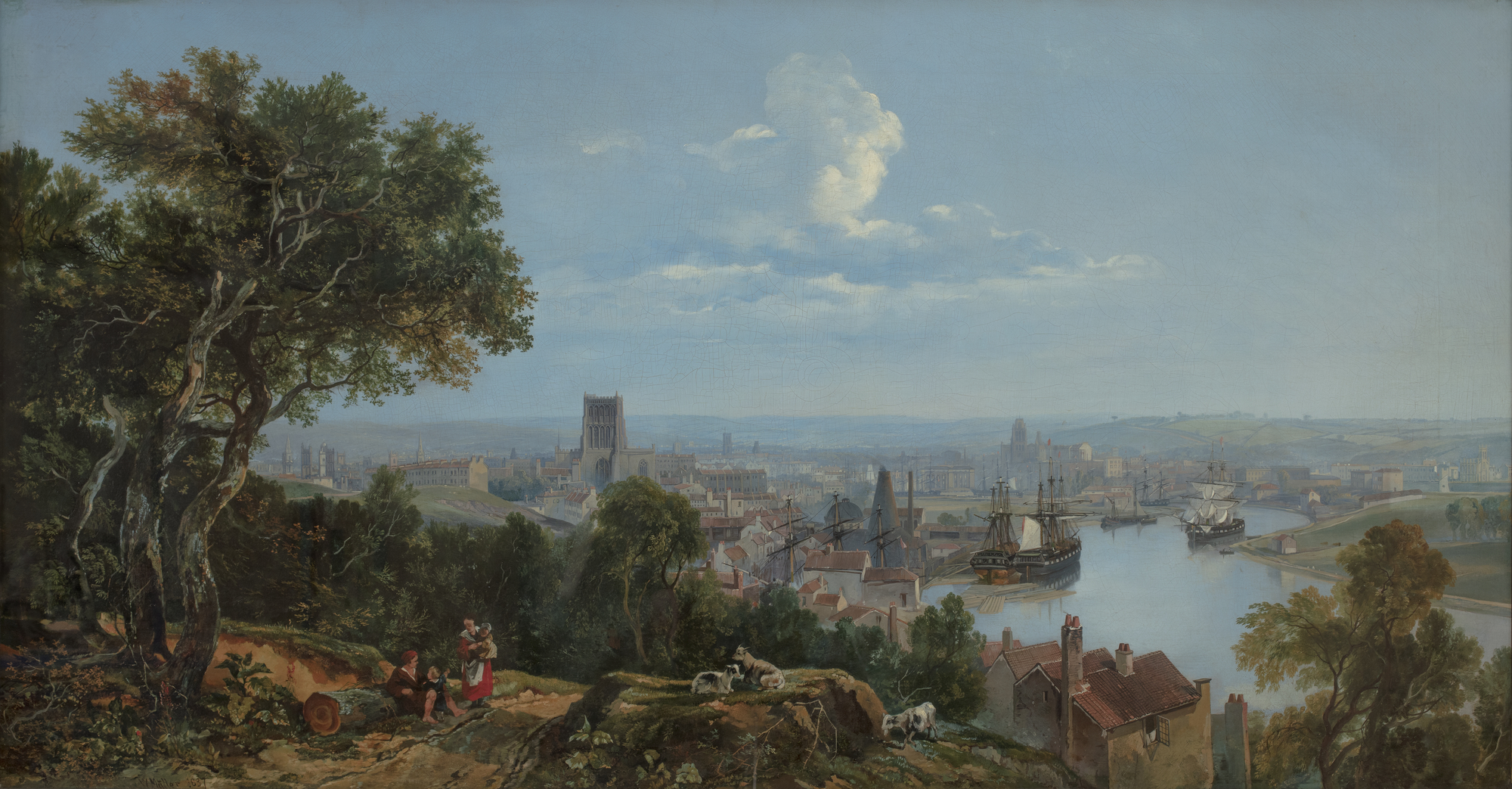
Absolutely Panoramic: Bristol, A unique site and a changing city
“A locality offering great possibilities for an artist’s pencil”. That was how one biographer of Francis Danby, the Bristol School’s best-known painter, described the city’s distinctive setting.
Not far from the sea but hemmed in by its spectacular gorge, Bristol had prospered as a port since the Middle Ages. The city grew considerably in the 18th century, as a result of the slave trade. Built at that time, Queen Square is the embodiment of that period of prosperity.
In the late 1700s, the city began attracting artists, who drew their inspiration from its site and monuments. Turner was one of the first, in 1791.
Other talented painters continued to depict Bristol its surroundings in the early 1800s: Thomas Rowbotham, Samuel Jackson and William Müller. During the 1820s the collector George Weare Braikenridge commissioned more than a thousand views of the rapidly changing city.
